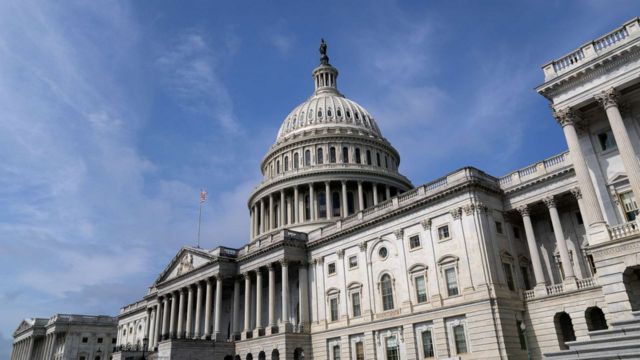California has the largest debt of any state in the union, despite being the most populated and economically significant state in the nation. The U.S. Census Bureau’s most recent statistics indicates that as of the end of 2019, California has a total state and municipal debt of $506 billion, surpassing the combined debt of the second and third most indebted states, Texas and Florida.
What Is The Debt Ratio And Why Does It Matter
A state’s debt-to-assets ratio indicates how much it owes in relation to the value of its possessions. By dividing the total liabilities by the total assets, it is computed. A state with a larger debt ratio has more responsibilities than resources, which may be a sign of financial crisis and inability to pay obligations.
A state’s credit rating, which is an evaluation of its capacity and willingness to repay debt, may also be impacted by its debt ratio. A state with a worse credit rating will have to borrow money at higher interest rates, which will raise its debt load and limit its budgetary flexibility.
The World Population Review states that with total liabilities of $362.87 billion and total assets of $301.1 billion, California has the fifth-highest debt ratio of any state, with a net debt of $55.96 billion and a debt ratio of 120.5%. This indicates that California has a larger chance of defaulting on its debt because it owes more than it owns.
Which are California’s primary sources of debt?
State debt and local debt are the two primary types of debt in California. The term “state debt” describes the commitments held by the state, including bonds, loans, and unpaid pension liabilities. The responsibilities of local governments, including counties, cities, school districts, and special districts like water and sewer agencies, are referred to as local debt.
The state debt of California was estimated by Statista Research Department to be $143.73 billion in fiscal year 2021 and is projected to rise to $188.54 billion in fiscal year 2027. General obligation bonds, which are backed by the state’s entire faith and credit, and revenue bonds, which are backed by certain revenue streams like tolls or fees, make up the majority of the state’s debt.
By the end of 2019, California has $361 billion in local debt, according to the California Policy Center. Unfunded pension liabilities, or the difference between promised retirement benefits and available cash to pay for them, make up the majority of the local debt. In 2019, it was predicted that California’s local governments owed $254 billion in underfunded pension liabilities. The local debt also originates from bonds, leases, and other commitments.
What effects and difficulties does California’s debt have?
The state of California and its citizens face a number of consequences and difficulties as a result of its debt. Among the prominent ones are:
Increased taxes and fees: California has to collect more money from its taxpayers and service customers in order to pay down its debt. With the highest rates of state sales tax, personal income tax, and gasoline tax, California has one of the highest tax loads in the nation. In addition, California levies fees for a number of services, including water use, park entrance, and car registration. These levies and fees have the potential to lower Californians’ disposable income and purchasing power, which will have an impact on their standard of living and economic activity.
Reduced investment and spending: California must cut back on its investments and spending in other sectors of the state budget, including social services, infrastructure, health care, and education. Indicators of the quality of public services, including poverty rate, road conditions, health care access, teacher compensation, and student accomplishment, show that California performs poorly. In addition, California deals with a number of issues that call for increased funding and focus, including inequality, homelessness, wildfires, and droughts. The state’s and its citizens’ long-term growth and development may be impacted by these trade-offs between spending and investing.
Greater risk and uncertainty: California must deal with higher interest rates and worse credit ratings in order to borrow more money, which might make the state’s debt load and financial flexibility worse. In addition, California must manage the erratic and unpredictable nature of its revenue streams, which are based on the state of the stock market and the economy, including corporate, capital gains, and income taxes. In addition, California must manage possible shocks and crises that could impact its revenue and expenses, such as pandemics, natural catastrophes, and recessions. The state’s financial stability and sustainability may be impacted by these risk and uncertainty elements.
In summary
With a debt ratio of 120.5% and a total debt of $506 billion, California is the most indebted state in the union. Local bonds, municipal pensions, and state bonds are the biggest contributors to California’s debt. California’s debt primarily affects and presents difficulties for greater taxes and fees, fewer investment and expenditure, and increased risk and uncertainty. The fiscal health and economic prosperity of California and its citizens are dependent on careful management and wise policies in light of the state’s significant debt.



